can fistula cause death
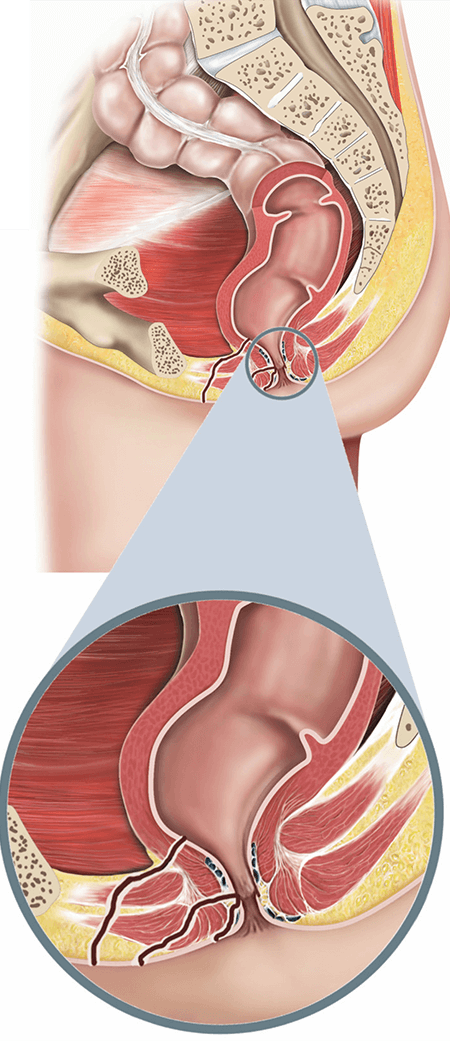 Surgery for anal fistula | healthdirect
Surgery for anal fistula | healthdirectWe earn a commission for products purchased through some links in this article. anal fistula: what it is, causes and treatments Everything you need to know about anal fistulas. An anal fistula is a small channel between a skin-infected gland near the anus, and is often caused by an abscess in the nearby tissue. Symptoms of an anal fistula include irritation, pain and discomfort around the anus. Normally it will not heal for itself, and will often require. GP sees what an anal fistula, causes, symptoms, and what to expect from treatment. What is an anal fistula? An anal fistula is a small channel that runs internally from an infected gland in the anus, near the end of the intestine, to the skin near the anus. They are usually formed after an infection near the anus, which causes an abscess (a collection of pus) in the nearby tissue and then leaves a small channel when it is drained. Anal fistula Most anal fistulas are caused by an anal abscess that does not properly heal. Other possible causes of an anal fistula are: Anal fistula symptoms There are a number of possible symptoms of anal fistula, with the most common ones being irritation, pain and discomfort around the anus, especially in sitting or when going to the bathroom. There may also be a nasty smell around the anus and bleeding or a discharge of the later passage when you have an intestinal movement. If an abscess is present, there is usually pain, redness and swelling around the anus and may also feel generally wrong with a . Diagnosis of an anal fistula Your GP will do a smooth examination of the anus area and, if you feel you have a fistula, you will refer you to a specialist who deals with this problem. More tests will be arranged, including a – where a small telescope is inserted into the anus to look for signs of a fistula – and scans like a scan (magnetic resonance imaging) or a CT scan. Treatments for an anal fistula Anal fistulas do not tend to heal themselves and, if not treated, can cause chronic complications, such as recurrent abscesses and infections, chronic pain and bleeding and incontinence. Surgery under general anesthesia is the treatment of choice and there are now a number of options available. Fistulotomy The most common type of surgery is a fistulotomy where the entire length of the fistula is cut. This changes it from a tunnel to a trench, which then becomes weaker while heals, and ends up like a flat scar after a month or two. This operation can be done as a case of day, which means that you enter the hospital on the day of the operation and go home the same day, or as a case of hospitalization, which means spending one or two nights in the hospital. Seton procedureA The seton procedure is sometimes performed if the fistula passes through the sphincter muscle of the anus (the muscle that opens and closes the anus). A chin is a piece of surgical thread, which is placed in the fistula for several weeks to keep it open. This allows the fistula to drain and heal, avoiding the need to cut off any sphincter muscle and thus reducing the risk of complications such as intestinal incontinence. Other possible procedures include:• The LIFT procedure: this term represents the "ligation of the intersfinterical fistula tract" and is a procedure performed where the fistula passes through the anal sphincter muscles but a fistulotomy is considered too risky. In this operation the skin is cut over the fistula to expose its track, then the fistula is sealed on both ends and cut open so it is placed flat to heal. (There is a variation of this LIFT procedure that is sometimes done called BioLIFT where a biological mesh is inserted to help prevent fistula reform, but this is a slightly more complex operation, with a higher risk of postoperative infection).• Fiber weight: this is the only non-surgical treatment currently available and involves injecting a type of glue into the fistula under general anesthesia, allowing the fistula to seal and heal slowly. Although it is simpler than other options, its effects may not be durable or as effective in general.• Bioprothesic plug: this involves inserting a cone-shaped plug made of animal tissue into the opening of the fistula to block it and allow the normal healing of the channel tissue to occur.• Proceedings: If there is a high risk of incontinence that occurs from a fistulotomy, this can be considered, and involves cutting the fistula out then covering the hole where it enters the intestine with a tissue flap taken from the rectum.• Laser surgery: it is a newer treatment, and the data on its effectiveness are limited, but it involves the use of a small laser beam to seal the fistula.• Endoscopic ablation: in this procedure, a very small tube with a camera at the end (called endoscope) is inserted into the fistula and an electrode that is then used to seal the fistula. This is a safe, generally well tolerated procedure and seems to be effective in many cases. Depending on the type of procedure performed, you may be able to return home the same day, or you need to stay in the hospital a few days after surgery. Before operation• If you are not already in the hospital, you should and lower your weight if you are. If you know you have problems with your , your heart or your lungs, ask your family doctor to check that these are under control. Check the hospital advice about taking or . • Check that you have a relative or friend who can come with you to the hospital, take you home and take care of you the first week after the operation. • Bring all your tablets and medicines with you to the hospital. In the pavilion, you will be checked for past illnesses and will have special tests to ensure that it is well prepared and that you can have the operation as safe as possible. • You will have the operation explained to you and you will be asked to complete an operating consent form. Before you sign the consent form, make sure you fully understand all the information you have received regarding your health problems, the possible and proposed treatments and any potential risks. Feel free to ask more questions if things are not completely clear. • Many hospitals administer special pre-admission clinics, where you visit a week or so before the operation, where these checks will be made. After the procedure• The wound will have a dressing that often stays with elastic pants on the net. There may be some stain with old blood for the first 12 hours, and a yellow discharge from the wound for a week or more. This will decrease as the wound is healthy.• There may be some discomfort in the movement rather than severe pain and tablets or injections will be given to control this as necessary. Ask more if the pain is not controlled or worse. • Many hospitals are using what is called PCA (patient-controlled analysis). By pressing a button on a device you can inject painkillers into your bloodstream through a very fine plastic tube that enters one of the small blood vessels (veins) into your hand. A small computer controls the amount of analgesic that is released and avoids any accidental overdose. • After a week or more, the wound should be virtually pain free. • A general anesthesia can make you slow, clumsy and forgotten for about 24 hours. Nurses will help you with everything you need until you can do things for yourself. Do not make important decisions, drive a car, use machinery or even boil a boiler during that time. • If your operation is a case of day, you should feel appropriate enough to return home after three to four hours in the pavilion. If your operation is not a case of day, it is very likely that you can leave the bed with the help of the nurses the day after the operation despite some discomfort. You will not hurt any damage, and exercise is very useful to you. • One can be given on the skin once a day to prevent any blood clot on the legs. This can happen in the first few days after the operation until you can move a little longer. These clots can be very dangerous because they can "travel north" through their blood flow to their heart and lungs and cause very serious problems and even death. The second day after the operation you must be able to spend most of your time out of bed and in reasonable comfort. You must be able to walk slowly along the hall. • You can wash the area of the wound as soon as the dressing has been removed but try to keep the wound in itself dry for a week or so. Soap and tap water are completely suitable. The water output is not necessary. • The discomfort of the operation can make it difficult to pass the urine and empty the bladder. It's important that your bladder doesn't take full power. If you can't make the urine flow properly after six hours, contact the nurses or your doctor. You may need to have another catheter on your bladder for a few more days. • Some hospitals organize a check-up about a month after leaving the hospital. Others leave checks to the general practitioner. Nurses will advise on sick notes, certificates, etc. Back home• You may feel tired and need rest for a week or so, but gradually improve so that at the time that one month has passed you can return completely to your usual level of activity. The wound is always a little wet for three to six weeks. • There is likely to be a discharge of yellow matter and for a week or so there may even be dark blood (sometimes a deep fistula is slower to cure than normal) so it needs to be patient. • Opening your intestines will be much easier if you take a laxative. It is important not to eat bran or a high-fiber diet until the later step is pain free in case it ends with a blockage. • Occasionally you can notice difficulty in controlling the wind or even the movement through its subsequent passage. This improves after a week or two. You'll have to have the wound dressed by the district nurses or the hospital nurses until the wound has healed firmly. This may take a month or more. • You can drive as soon as you can make an emergency stop without any discomfort in the wound, that is, after about 10 days. You can restart sexual intercourse within a week or two, when the wound is comfortable enough, and you should be able to return to a light job after about two weeks, and any heavy work within four weeks. Possible Complications As with any surgery under general anesthesia, there is a very small risk of complications related to your heart and lungs, but the tests you will have before the operation will ensure that you can have the operation as safe as possible and will bring the risk of such complications very close to zero. Complications are relatively rare and rarely serious. Sometimes the control of the wind or the movements weakens. This can occur in up to 17% of cases, especially if the fistula is complicated, and the possibility of the fistula coming back is about 1 in 10. There is a very small possibility of persistent hemorrhage after the operation, or even more rarely, there is the possibility that any damage is caused to a vessel, nerve or subsequent passage during the operation. In a situation like this you will need another operation to solve the problem. In general, most people find that their operation is not particularly painful, but the final healing sometimes takes more than eight weeks. If you have any concerns in the weeks following your operation, always ask your doctor for advice. Last update: 08-09-2020
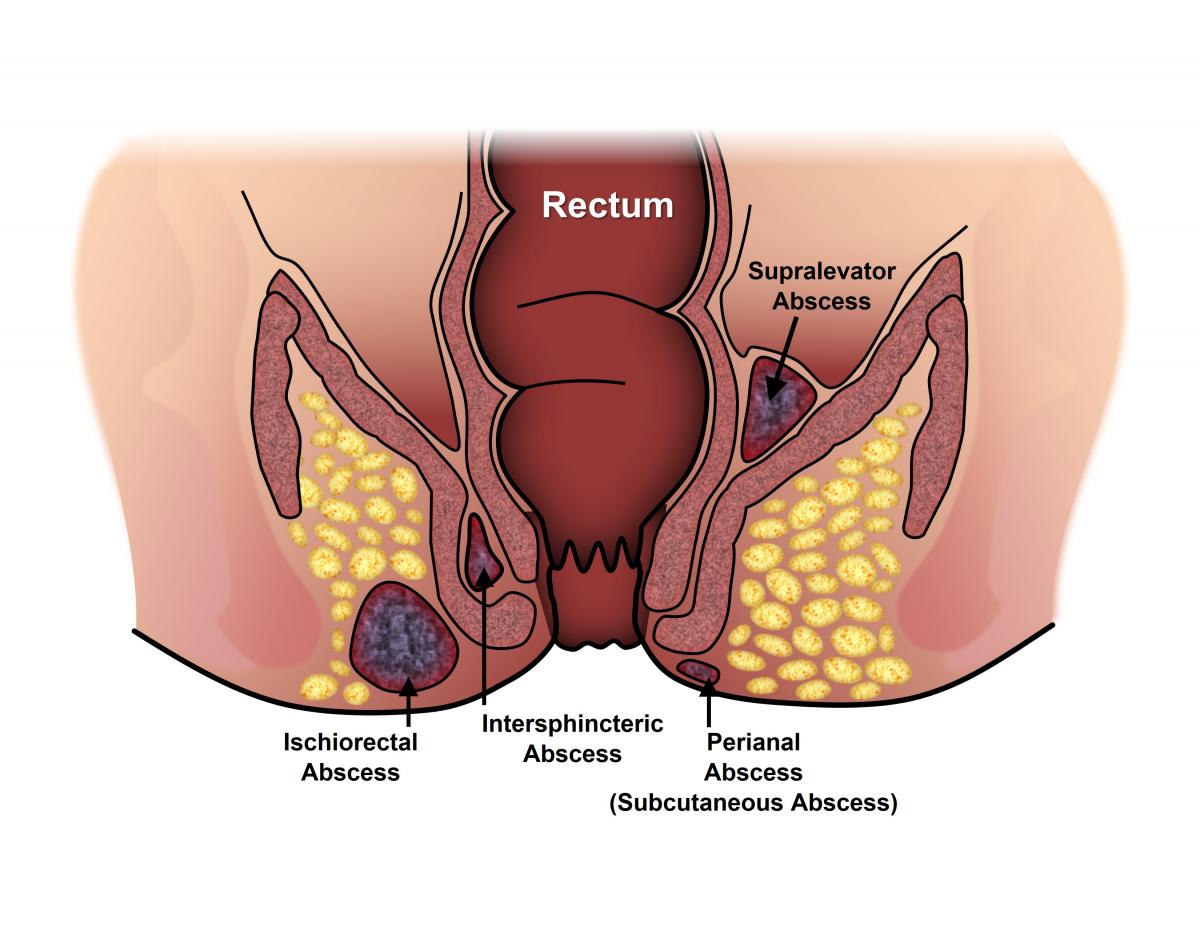
Abscess and Fistula | ASCRS
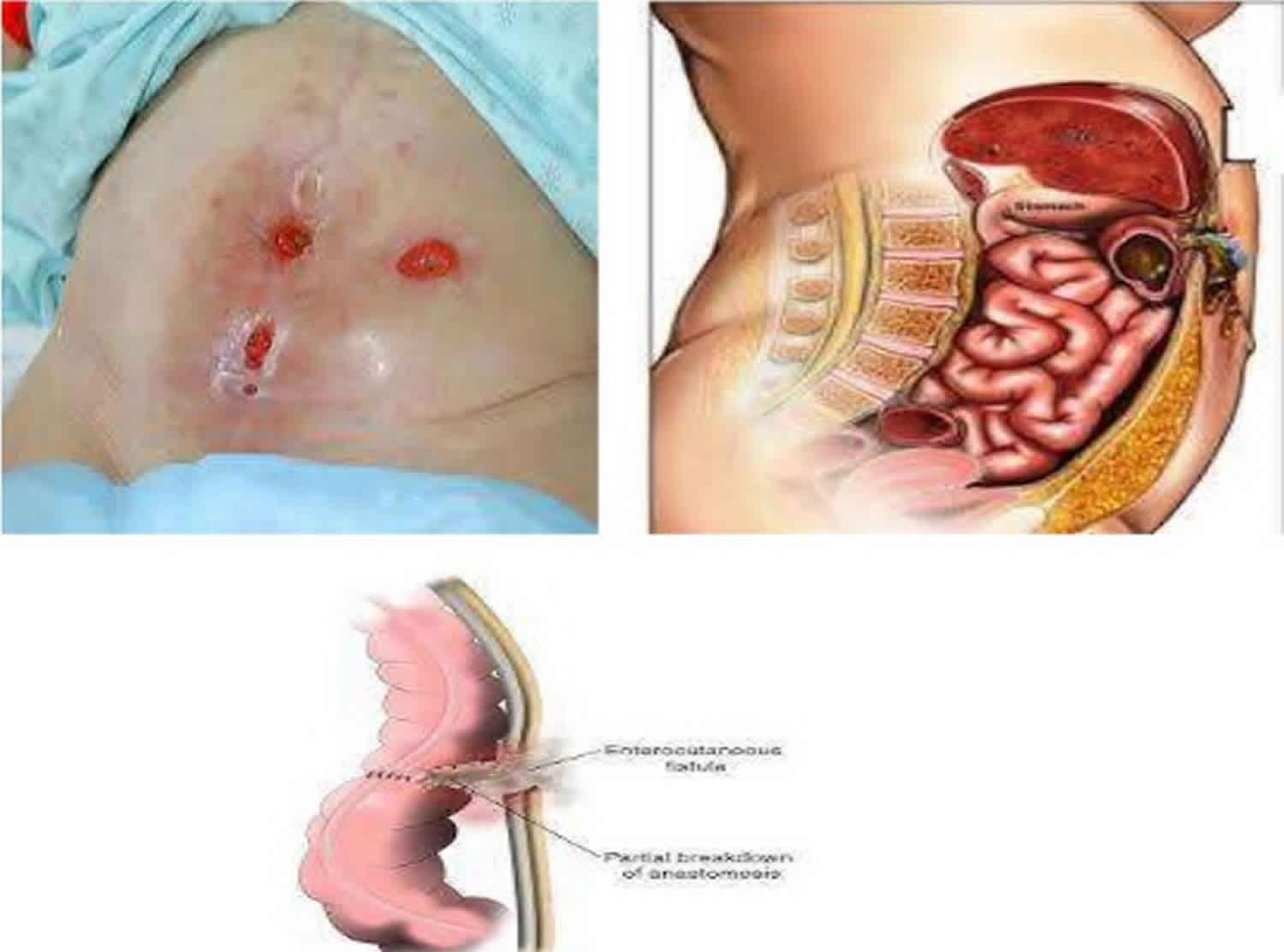
Enterocutaneous fistula causes, symptoms, diagnosis, treatment & prognosis
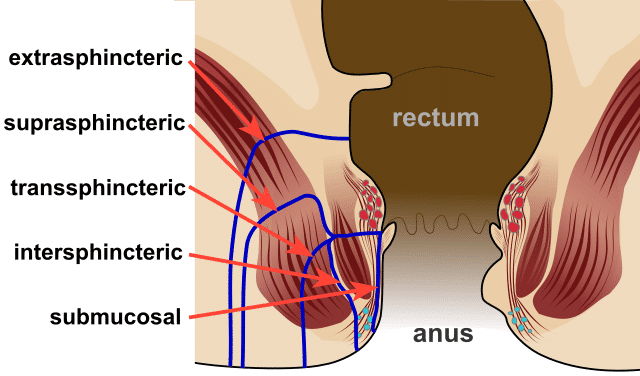
Anal Fistula - Risk Factors - Clinical Features - TeachMeSurgery
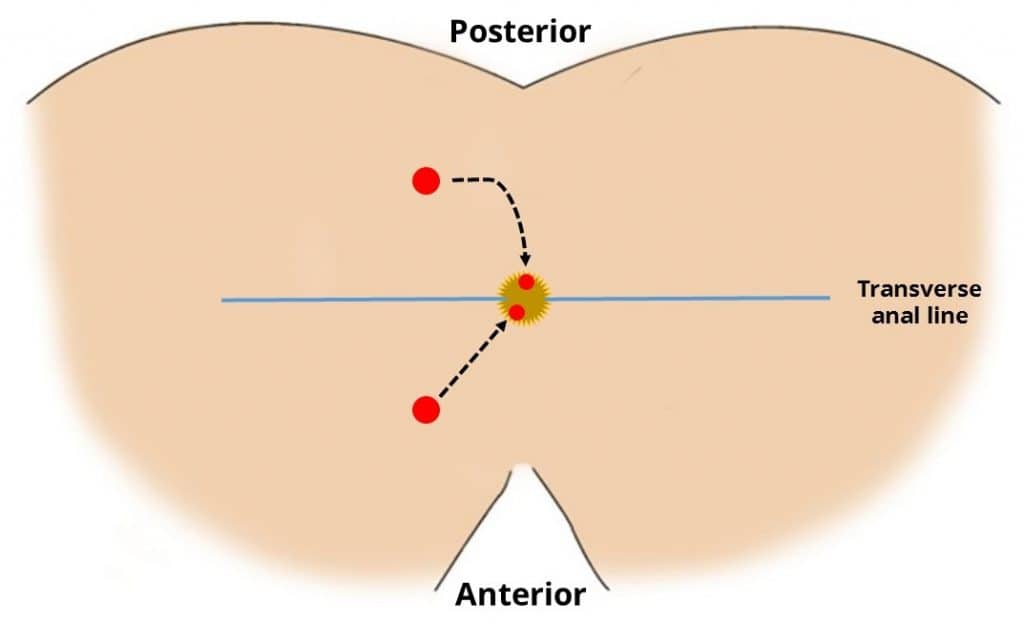
Anal Fistula - Risk Factors - Clinical Features - TeachMeSurgery

Fistula is not death sentence, say experts | The Guardian Nigeria News - Nigeria and World NewsFeatures — The Guardian Nigeria News – Nigeria and World News
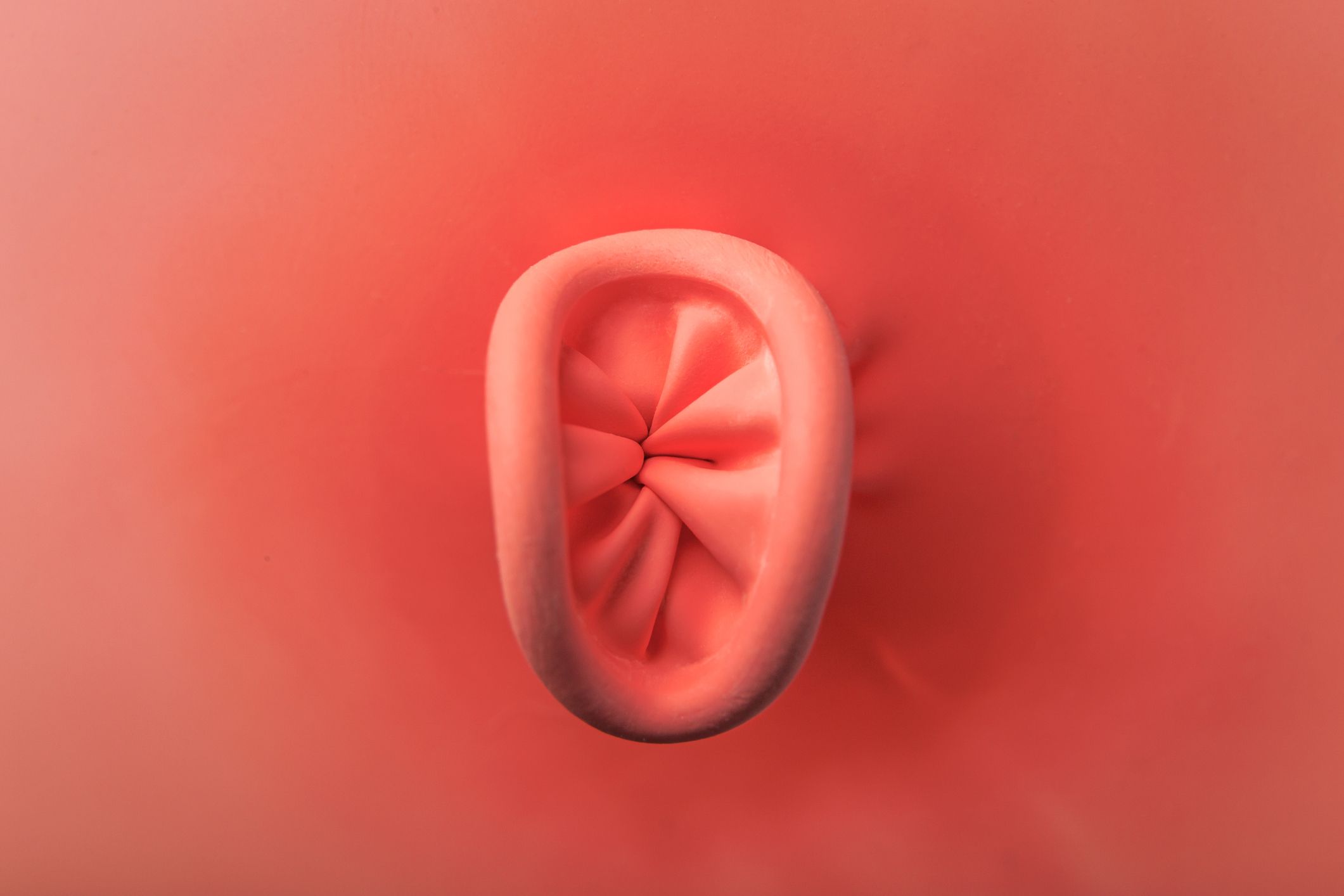
Anal fistula: what it is, causes and treatments
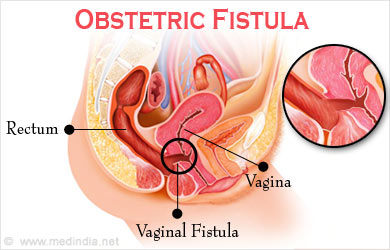
Obstetric Fistula - Causes, Symptoms, Diagnosis, Treatment, Prevention, Health Tips
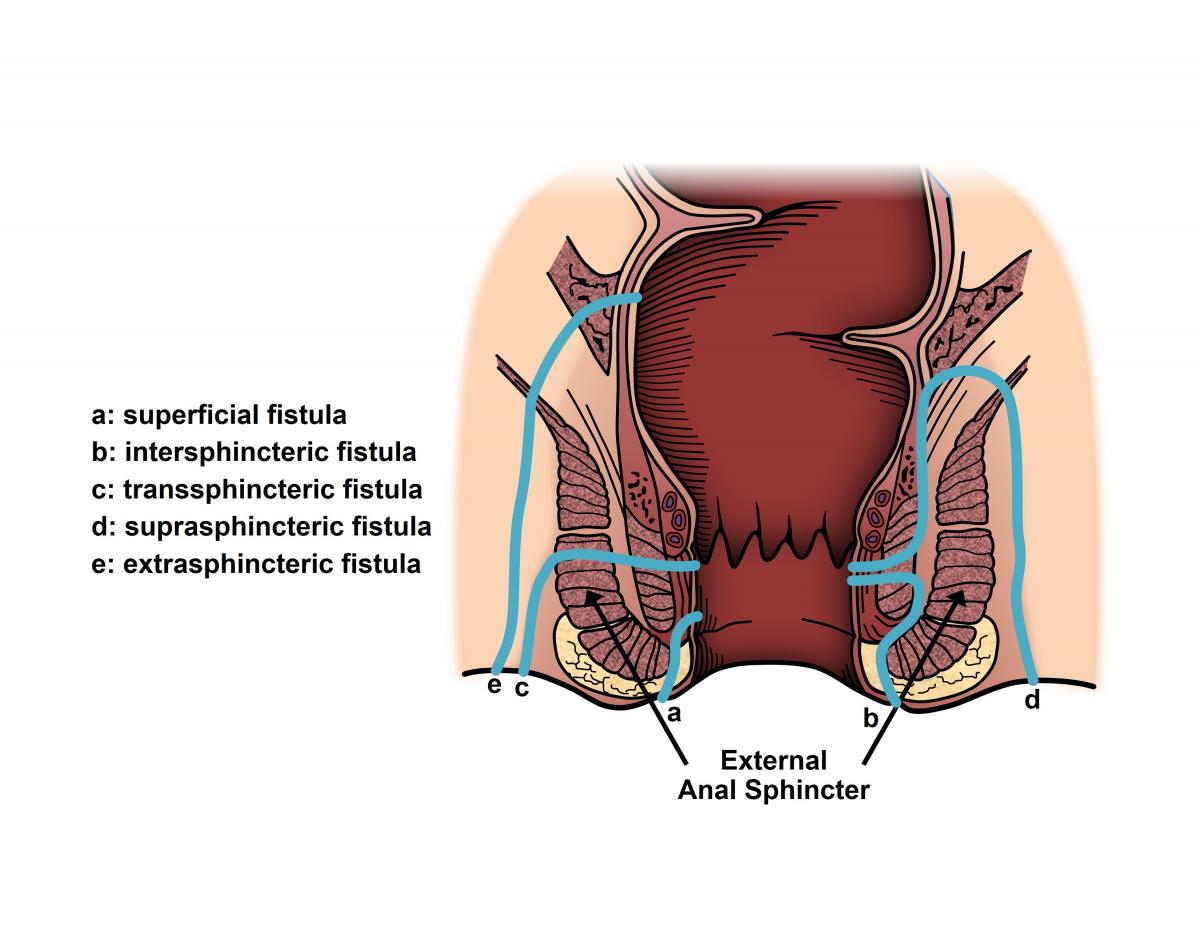
Abscess and Fistula | ASCRS

AV Fistula Ruptures And Hemorrhages -Signs And Symptoms Often Missed Can Be Deadly For CKD — KidneyBuzz
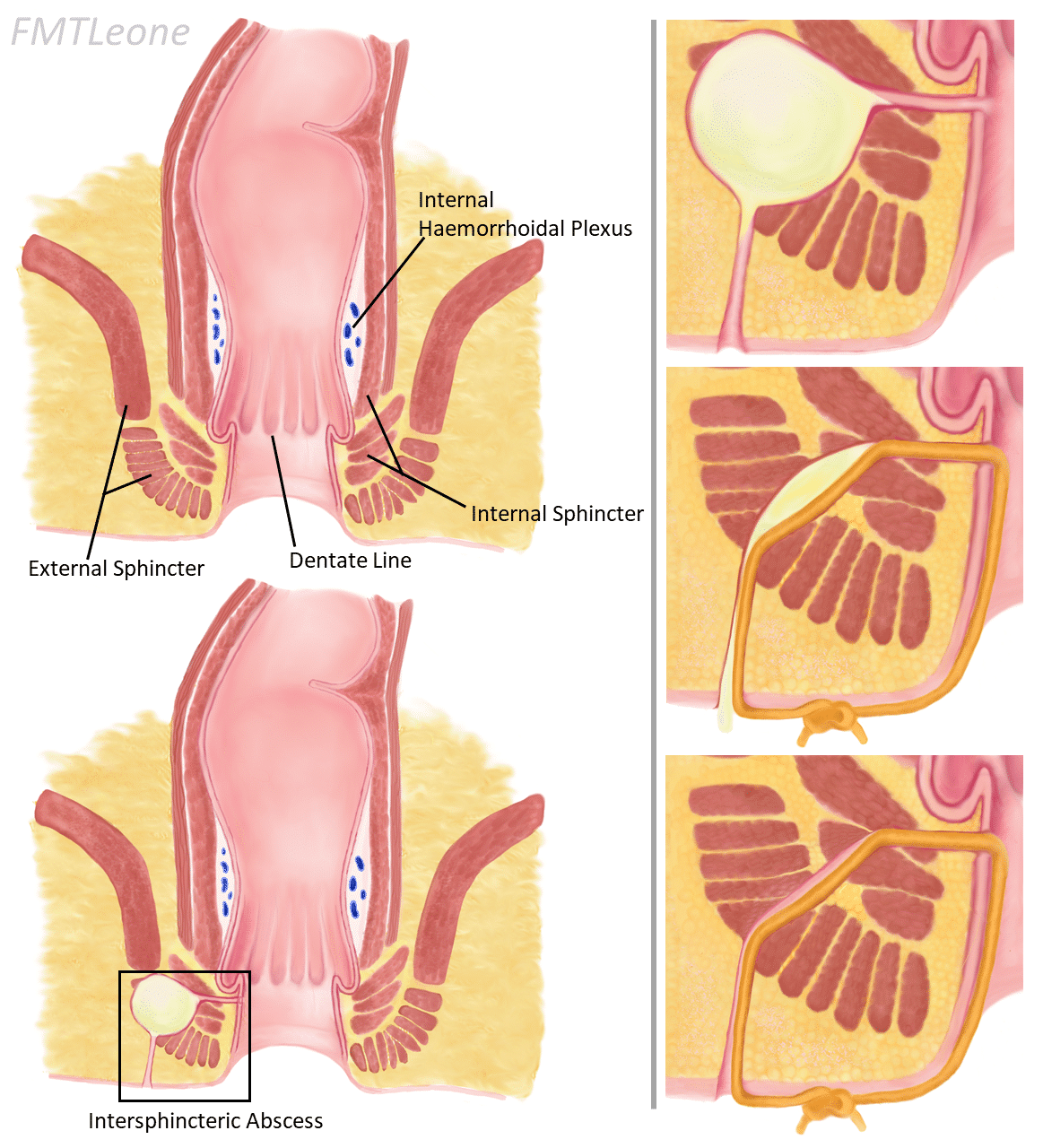
Anal Fistula - Risk Factors - Clinical Features - TeachMeSurgery
Bottom Clinic - The Womens Clinic - Excellent surgical care, By women, for women
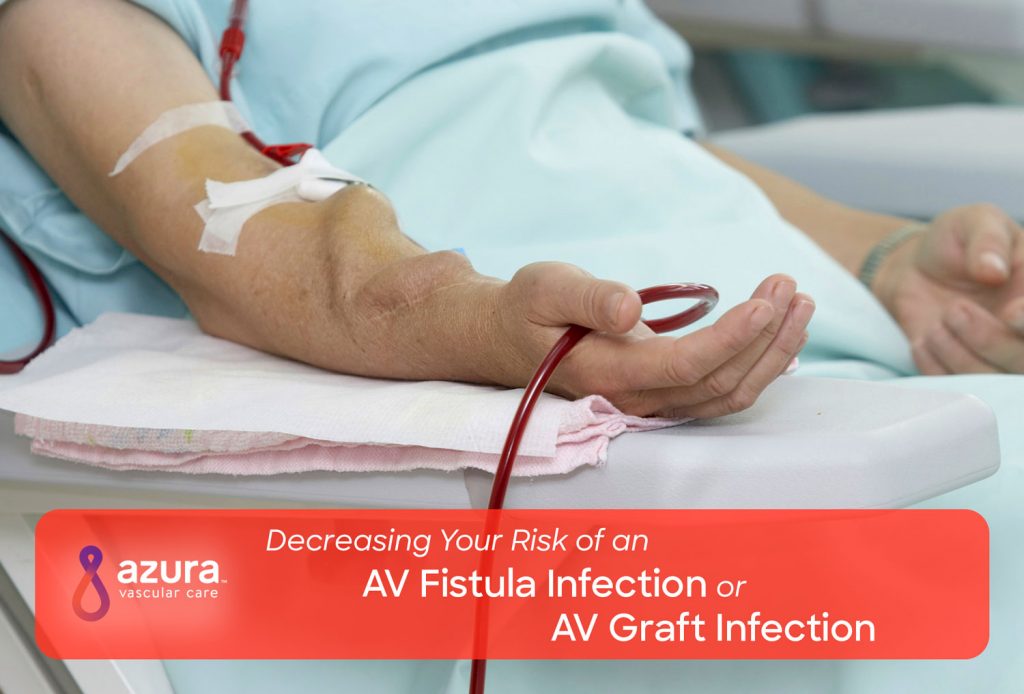
Decreasing Your Risk of an AV Fistula Infection or AV Graft Infection

Ex-army man suffering from rare fistula finds cure in Pune | Pune News - Times of India

What Is Fistula? | Fistula Foundation
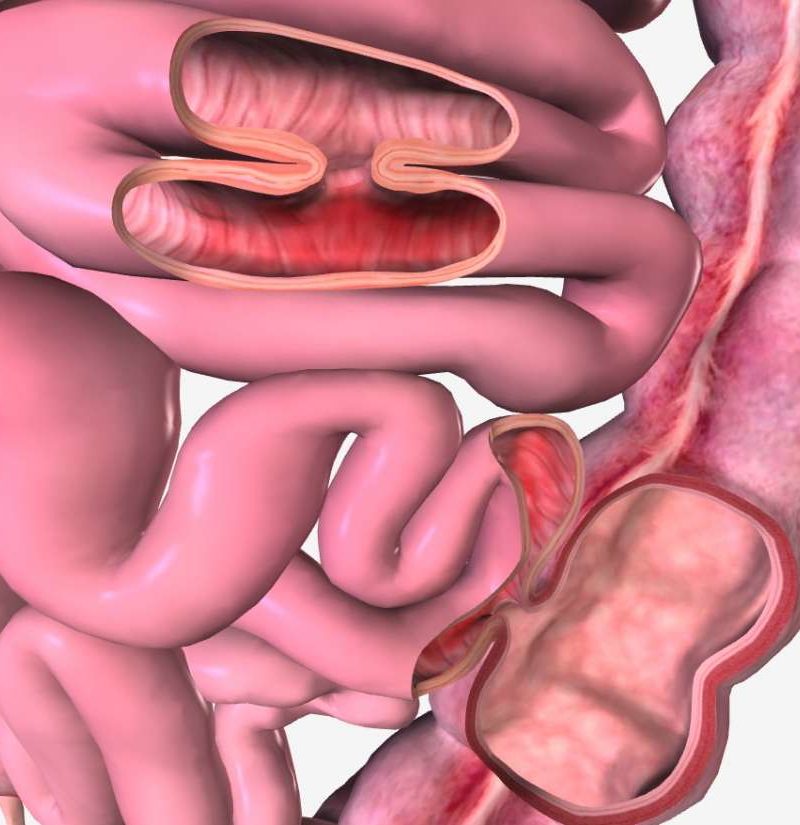
Gastrointestinal fistula: Causes, treatment, and complications
Bhagandara (Fistula-in-ano): Cure by Ayurveda

The Effect of Predialysis Fistula Attempt on Risk of All-Cause and Access-Related Death | American Society of Nephrology
/GettyImages-83189857-16a0ca79dd374eaeb9c386e30dcfc908.jpg)
Bronchopleural Fistula Causes and Treatment

Fistula recurrence, pregnancy, and childbirth following successful closure of female genital fistula in Guinea: a longitudinal study - The Lancet Global Health

AV Fistula Ruptures And Hemorrhages -Signs And Symptoms Often Missed Can Be Deadly For CKD — KidneyBuzz
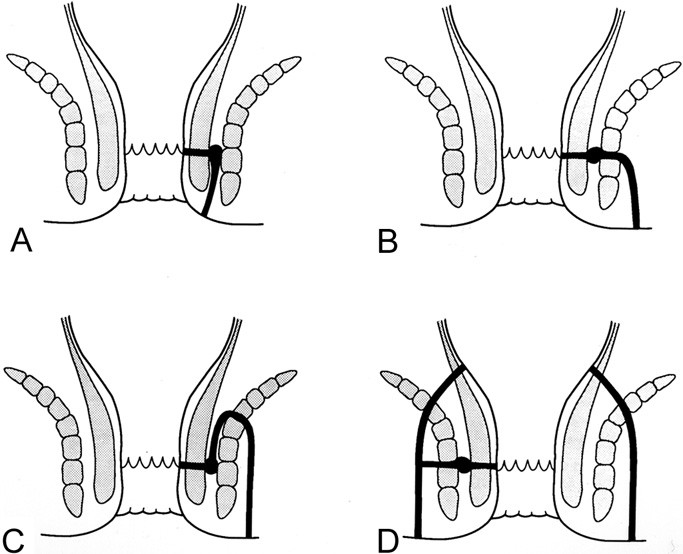
Benign Anorectal: Abscess and Fistula | SpringerLink

PDF) Gastrointestinal causes of sudden unexpected death: A review
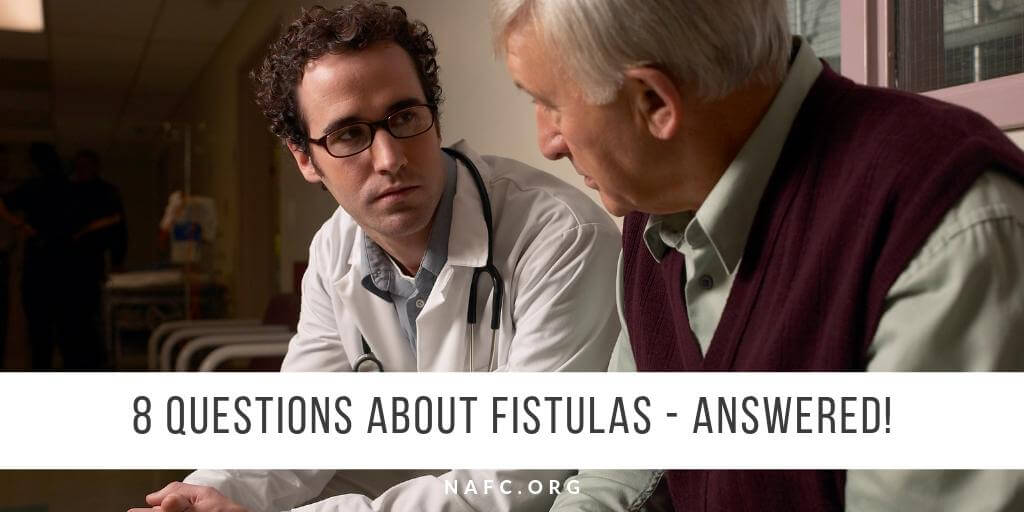
8 Most Common Questions About Fistulas - Answered! - NAFC

Meeting the SDG challenge to end fistula and preventable childbirth-related morbidity and mortality - The Lancet Global Health

A Rare Case of Coronary-Coronary Fistula in Patient with Coarctation of Aorta | Cath Lab Digest

Gum Boil (Fistula) - Definition | Causes | Symptoms | Types | Treatments
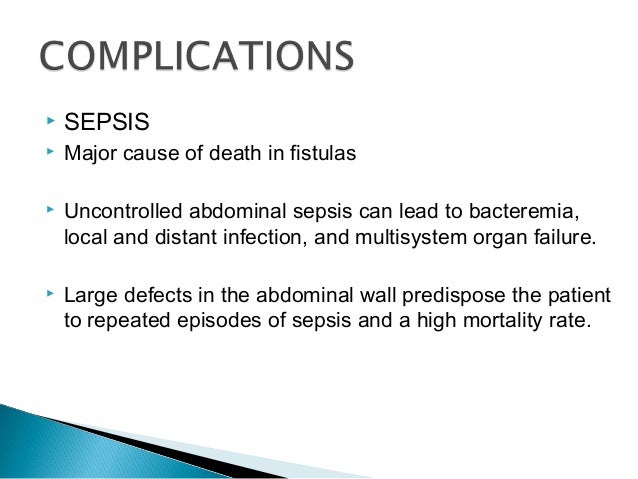
Entero cutaneous fistula

Gastrointestinal Fistula: Causes, Symptoms, and Diagnosis

Cureus | Colovesical Fistula As An Uncommon Presentation Of Metastatic Lung Cancer

Fistula recurrence, pregnancy, and childbirth following successful closure of female genital fistula in Guinea: a longitudinal study - The Lancet Global Health

Approaching Colovaginal Fistula – Consult QD
Perianal fistula: retrospective study of surgical treatment of 241 cases

PDF) Covered metallic stent for the treatment of malignant esophageal fistula combined with stricture
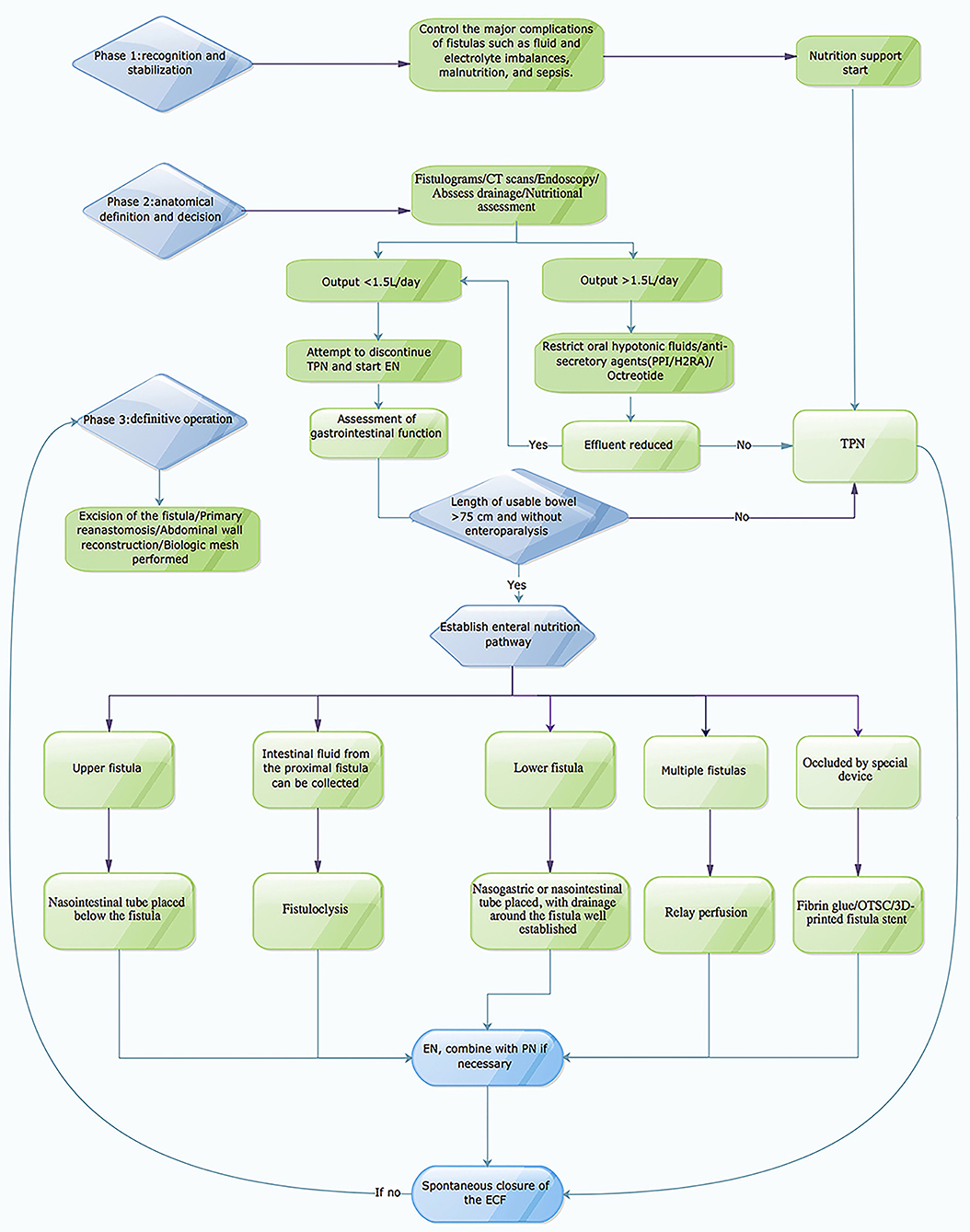
Frontiers | Nutritional Management of Patients With Enterocutaneous Fistulas: Practice and Progression | Nutrition
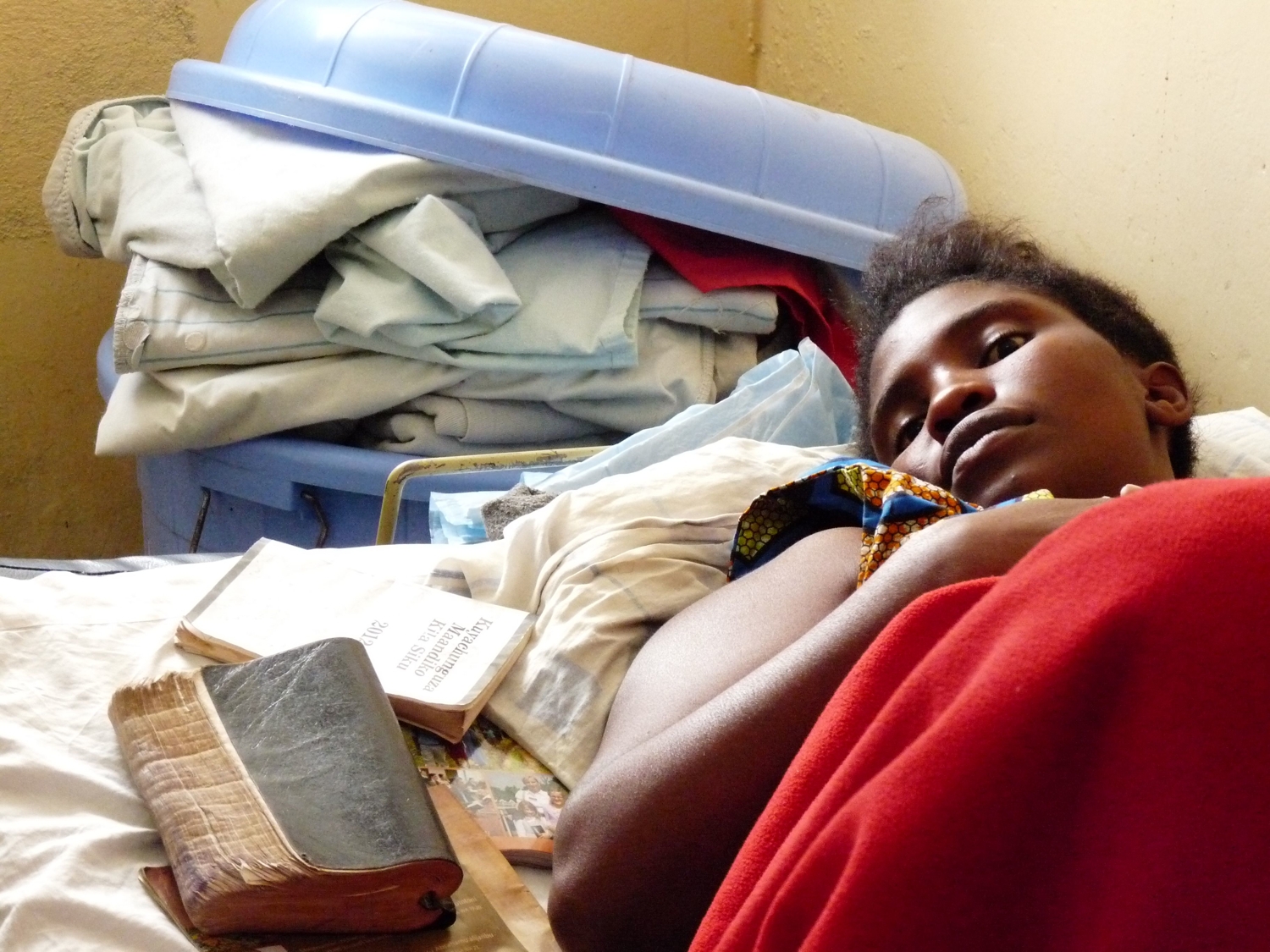
A fate worse than death for scores of African women - CNN
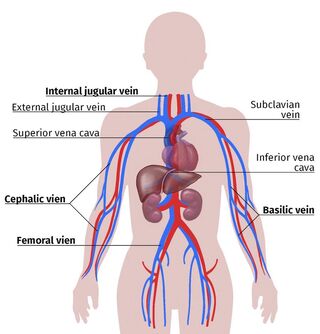
Vascular Access for Hemodialysis

Gastrointestinal Fistula: Causes, Symptoms, and Diagnosis

Anal Fistula: Causes, Risk Factors, Symptoms, Diagnosis, Treatments And Prevention - Boldsky.com
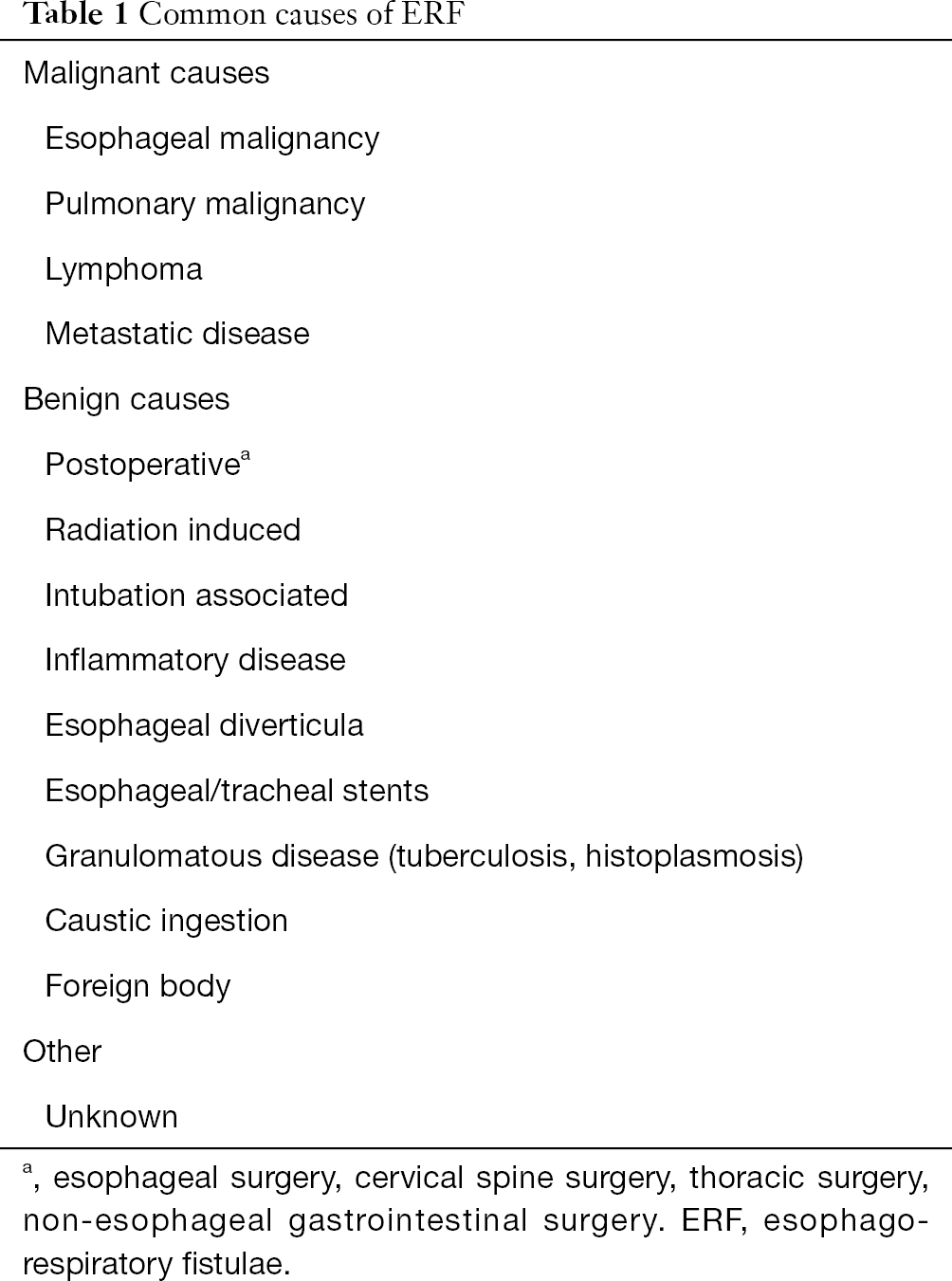
Acquired esophago-respiratory fistulae in adults - Bixby - Shanghai Chest

PDF) Impact of Smoking on Anal Abscess and Anal Fistula Diseases
Posting Komentar untuk "can fistula cause death"